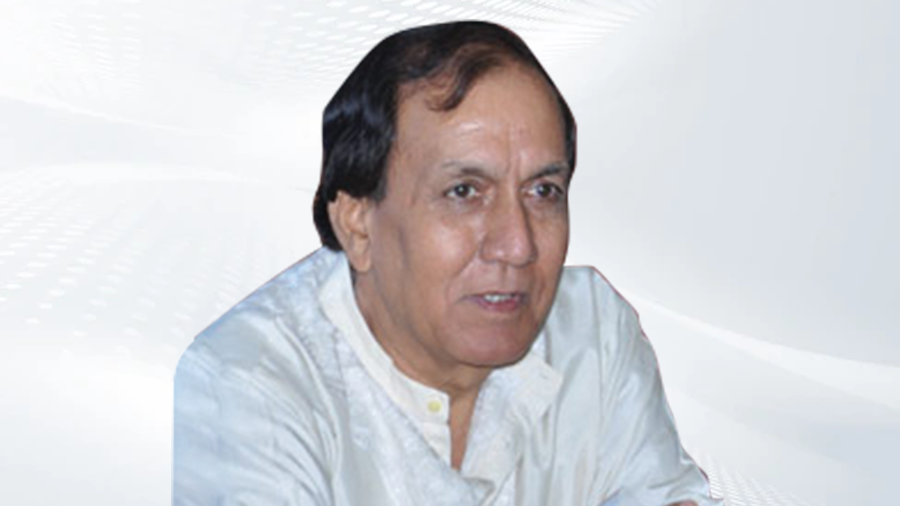
The relations between India and China, currently the most populated and the second most populated country in the world and respectively the world’s fifth and second-largest economy, have witnessed ups and downs in the last 75 years. However, the unprovoked and unexpected attack by PLA soldiers on unarmed Indian soldiers, brutally killing more than 30 of them in the Galwan Valley in June 2020, saw the relations touch a nadir. This Chinese aggression destroyed more than forty years of peace and tranquillity on the LAC, violating half a dozen agreements signed by the two countries. China’s betrayal deepened the distrust caused by the Chinese aggression in 1962 — a distrust that was slowly disappearing, thanks to the concerted endeavours of the leadership in the two countries.
Again, driven by an intent to diffuse the situation and avoid a repetition of the bloody skirmishes in the Galwan Valley in June 2020, the two sides participated in over 24 rounds of discussions in four years, eventually leading to the agreement on disengagement and restoration of mutual patrolling rights in Depsang and Demchok along the LAC in Eastern Ladakh on 21st October 2024. This painstakingly negotiated agreement envisaged patrolling by both sides to pre-2020 levels and the creation of buffer zones in some areas. The agreement was significant enough to facilitate a summit meeting between the Indian Prime Minister and the Chinese President on the sidelines of the BRICS Summit at Kazan, Russia, on 23rd October 2024.
Ever since, there has been a flurry of visits to move the bilateral relationship forward: the Kailash Mansarovar Yatra has been resumed, border trade and direct flights are being considered, Defence Minister Rajnath Singh, NSA Ajit Doval, EAM Dr. Jaishankar, and Foreign Secretary Vikram Misri have visited Beijing, and there is speculation that PM Modi might visit Beijing next month to attend the next SCO Summit in Tianjin, China. Dr. Jaishankar met President Xi, Foreign Minister Wang Yi, and Liu Jianchao, the Chinese Communist Party’s head of international relations. In the meanwhile, the current Chinese Ambassador to India, Xu Feihong, has been publicly saying that it’s time for the Chinese dragon and the Indian elephant to tango together. Well, won’t it be a surreal sight if and when these two iconic creatures do dance together?
Peaceful, harmonious, and good neighbourly relations will benefit both these Asian economic giants. This warrants a certain degree of convergence on the long-term goals pursued by the two sides. EAM Jaishankar has stated on numerous occasions that the maintenance of peace and tranquillity on the border is of utmost importance, and it will impact all aspects of India’s relationship with China. On the other hand, China advocates expansion of relations in all spheres in spite of the border-related issues.
China’s blind support to Pakistan impacts India-China relations. The CPEC passes through Gilgit-Baltistan, which is a part of POK. China has been stalling efforts to get Pakistan-based terrorists placed on the UN list of designated terrorists. Pakistan’s nuclear and missile programme is heavily supported by China. At the meeting of the Council of SCO Foreign Ministers in Tianjin, China (July 15–17), EAM Jaishankar pointedly reminded that the SCO was founded to fight the “three evils”: terrorism, separatism, and extremism — and members must not deviate from these core principles. Earlier, Defence Minister Rajnath Singh had refused to sign the joint statement at the meeting of the SCO Defence Ministers as it had failed to condemn the terrorist attack in Pahalgam. Against India’s Operation Sindoor (May 7–10), Chinese missiles and air defence systems were used by Pakistan.
For several years, India’s growing relationship with the US has been seen by China with suspicion. Both QUAD and the Indo-Pacific, in which India is prominently engaged, are viewed by China as anti-China groupings. Conversely, India’s aspirations to join the NSG and the UNSC have never been favoured by China. Her lengthening footprints in Myanmar, Sri Lanka, Nepal, and Bhutan are causes of political, economic, and security concerns to India. China also poses stiff competition to India’s economic and political influence in Asia, Southeast Asia, Africa, and Latin America.
But it’s not all negative in Sino-Indian relations. Both countries are leading members of the RIC, BRICS, G-20, and the SCO. Both have benefited from globalisation and view it positively. They also favour strengthening the WTO and the New Development Bank. Both claim not to be pursuing any move for de-dollarisation but selectively undertake trade in local currency with some countries.
Until the US overtook, China was India’s largest trading partner; for 2024–2025, bilateral trade is valued at US$127.7 billion, with a trade surplus for China of nearly US$100 billion. In spite of the Indian government’s spirited exhortations to buy products made in India and the ban on many Chinese applications and products, Indian imports from China have only gone up. China’s non-tariff barriers shrink market access for Indian exports in China. Of late, China’s restrictions on the supply of rare metals, solar panels, and generic preparations for many pharmaceuticals have attracted the ire of India.
The issue of the selection of the successor of the Dalai Lama is bound to ruffle some feathers in China. Her economy is four times larger than India’s and is the 2nd largest economy in the world by GDP. India is currently the fastest-growing large economy, which will overtake Japan soon and is tipped to become the third-largest economy by 2027–28, overtaking Germany.
It will be worthwhile for China and India to find ways and means to cooperate when possible and compete constructively wherever necessary. Mutual respect, understanding, sensitivity to each other’s core concerns, and greater transparency in decision-making, along with wider people-to-people contacts, could deepen trust and confidence, which are a must for closer and warmer relations.
I compliment Ms. Linda Hawke and Extraordinary & Plenipotentiary Diplomatist for bringing out this feature, which should interest academics, scholars, students, media, and discerning readers at large.
Amb. Surendra Kumar
Founder President, IAFA
Leave a Reply